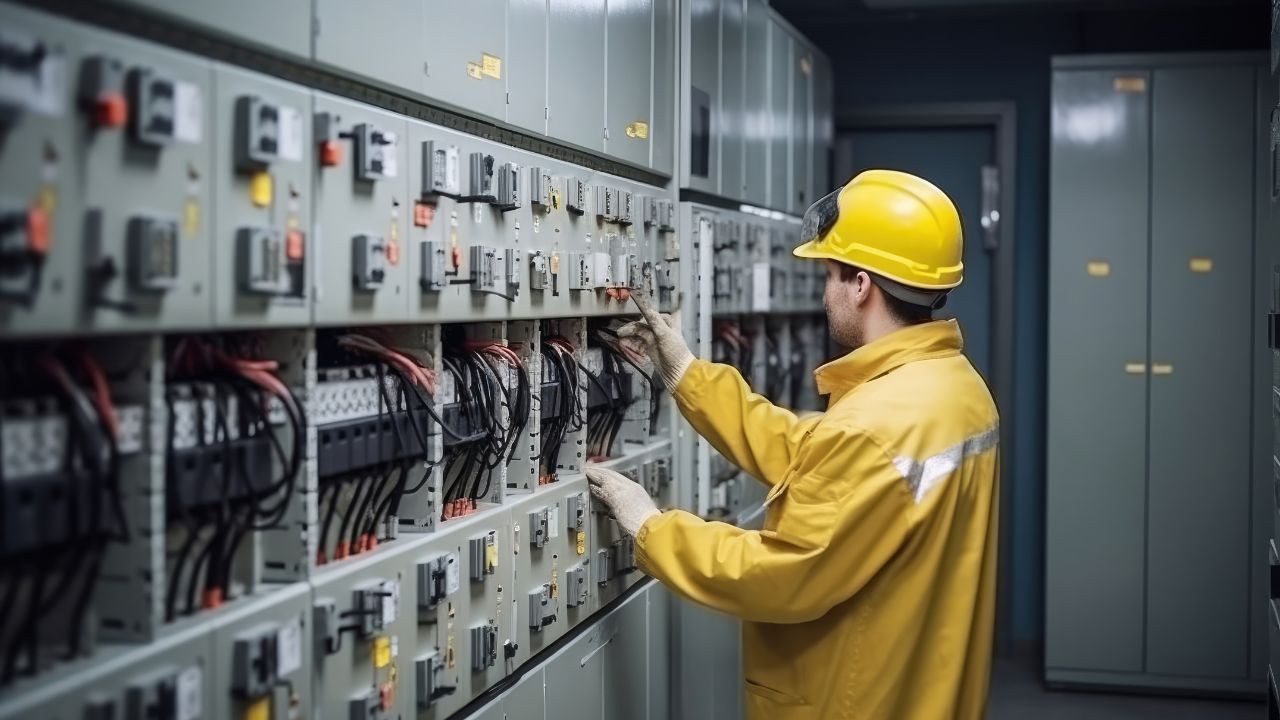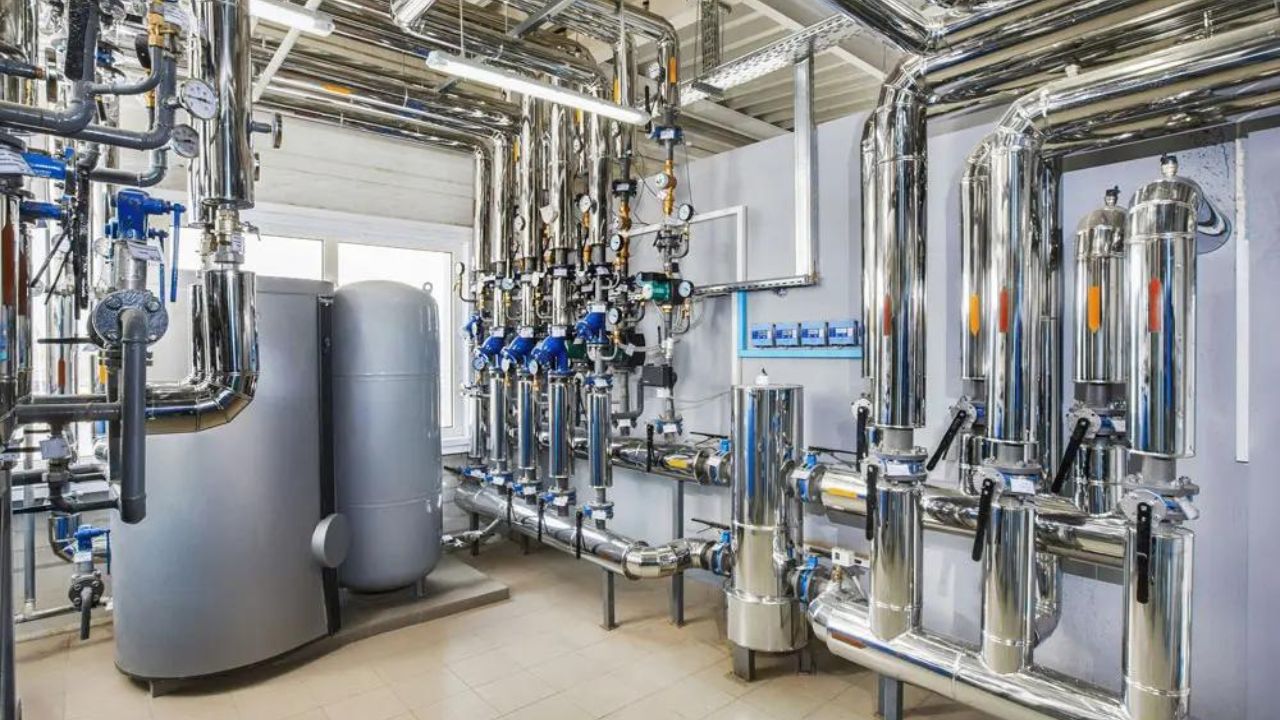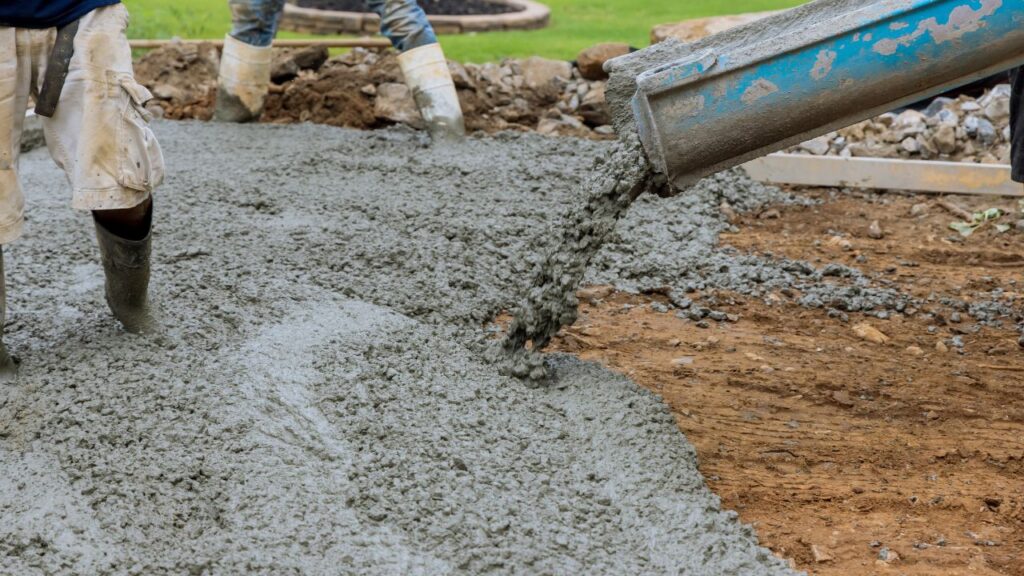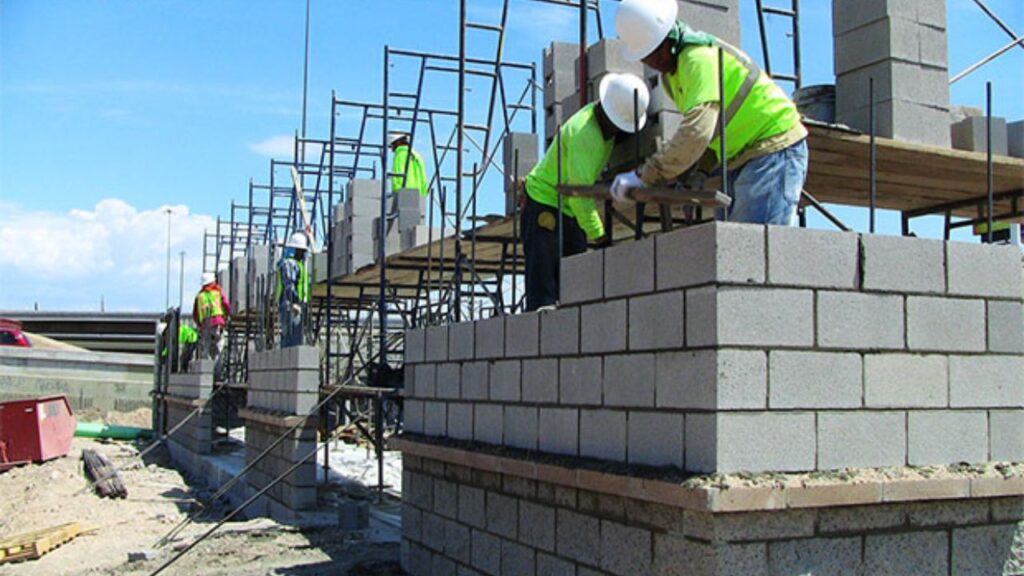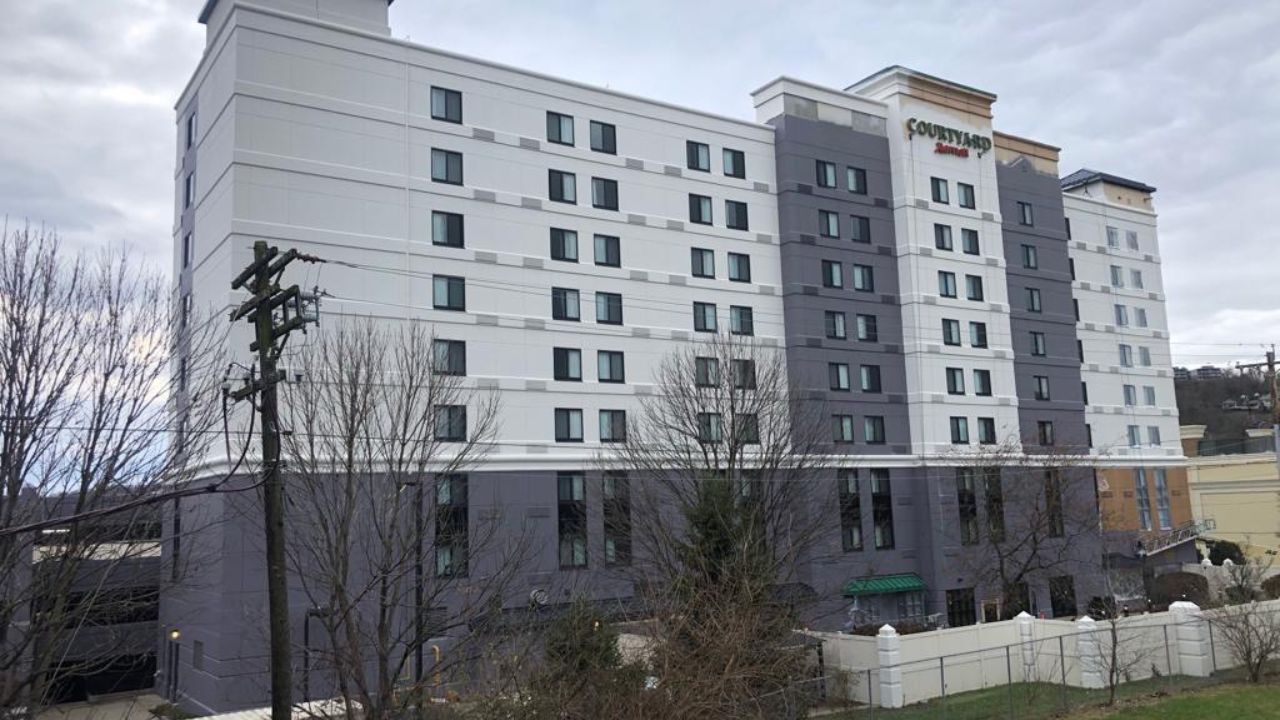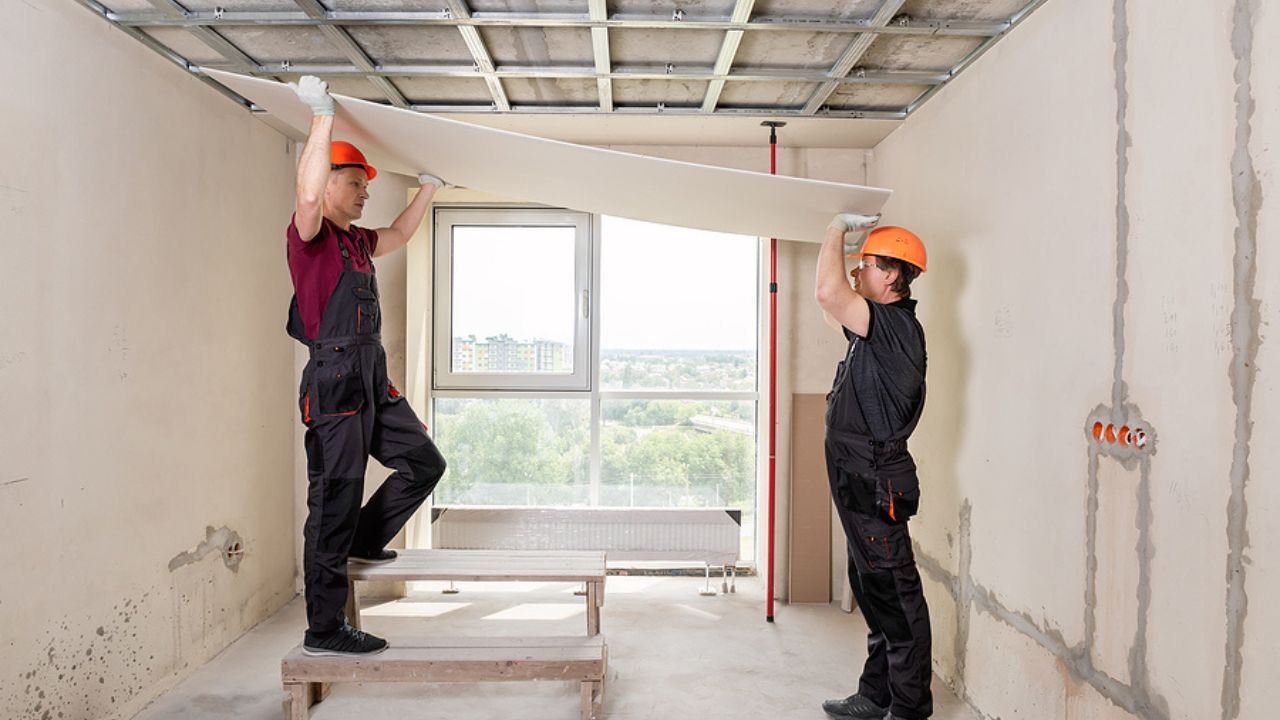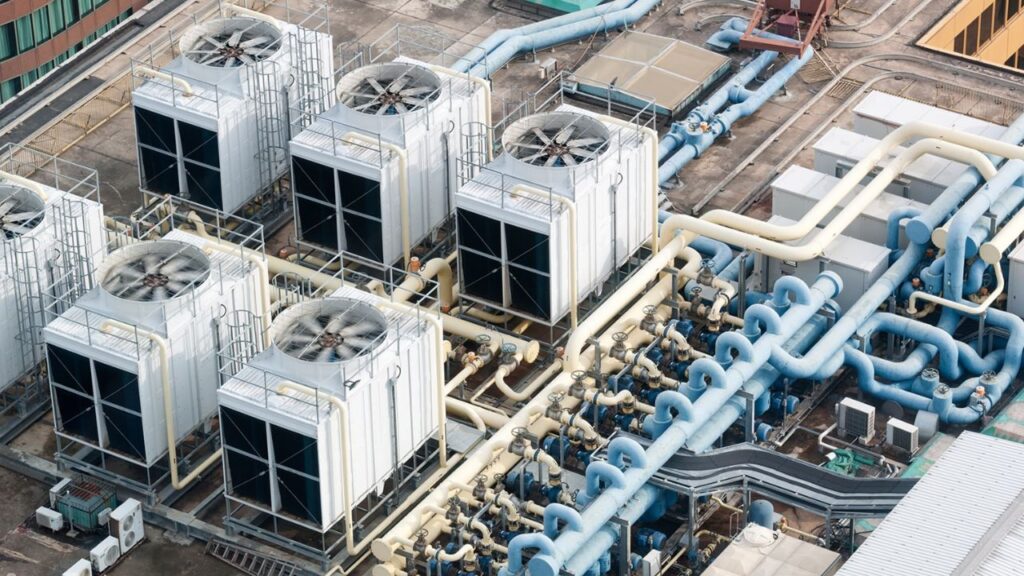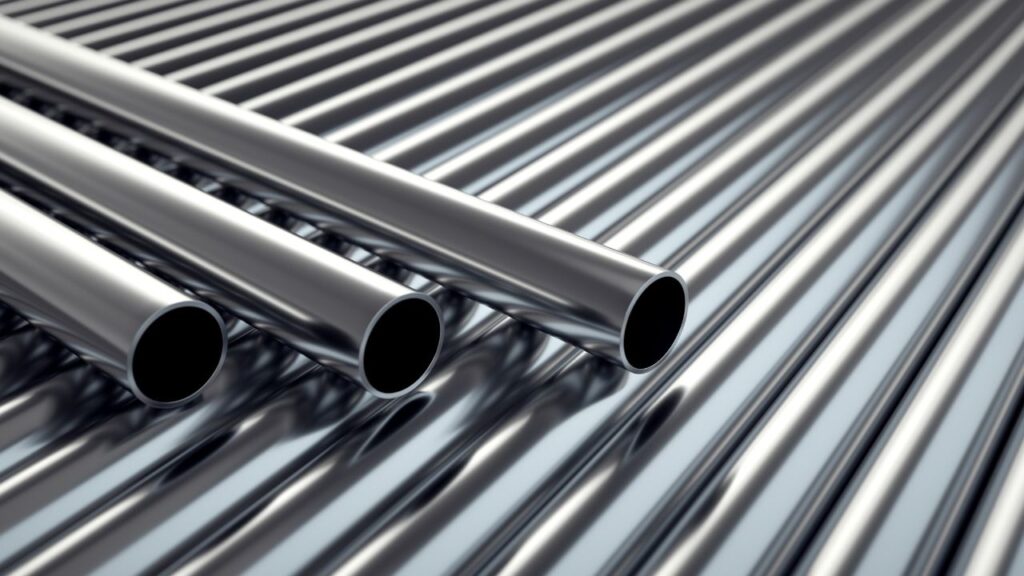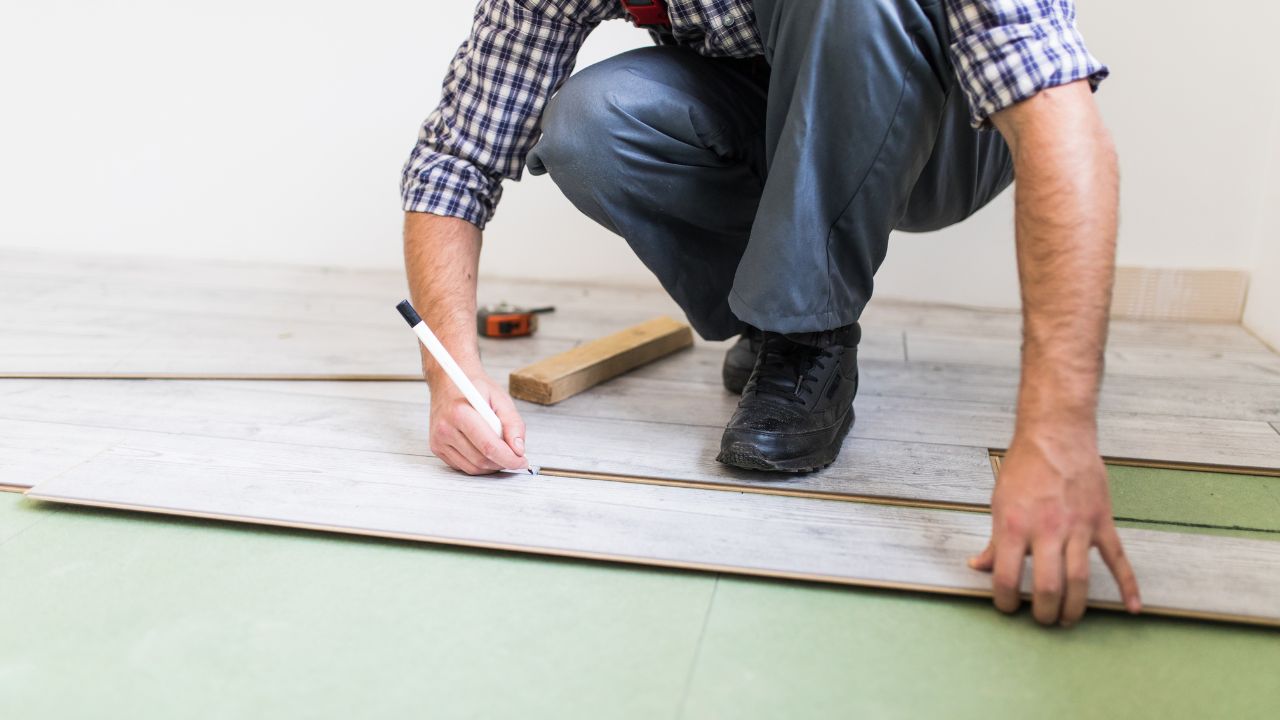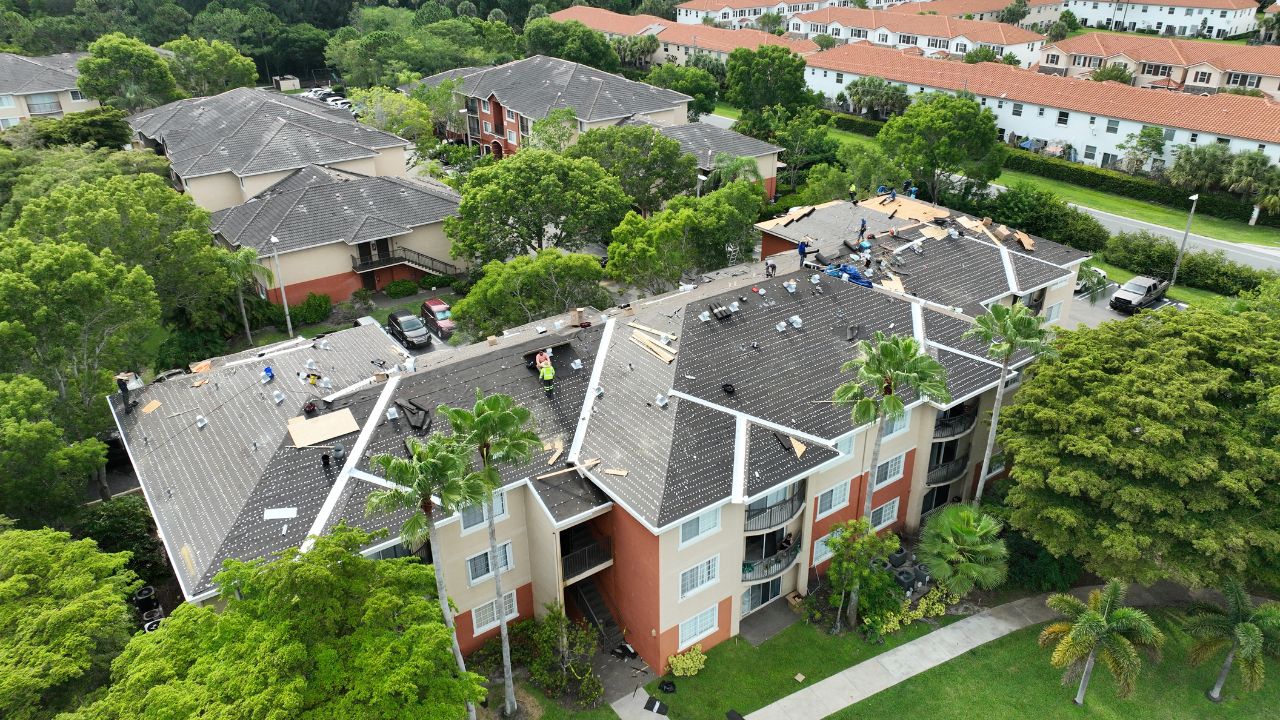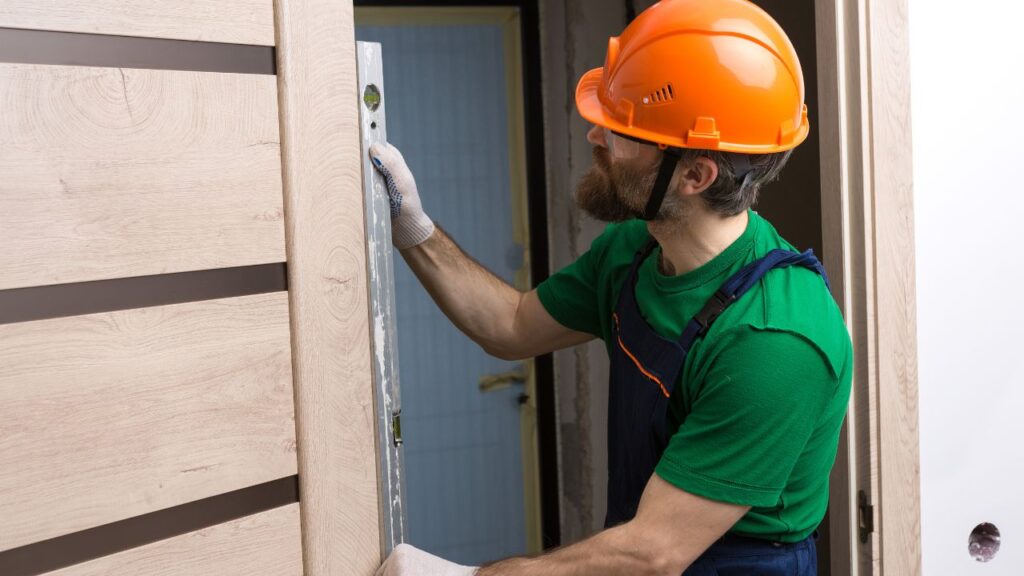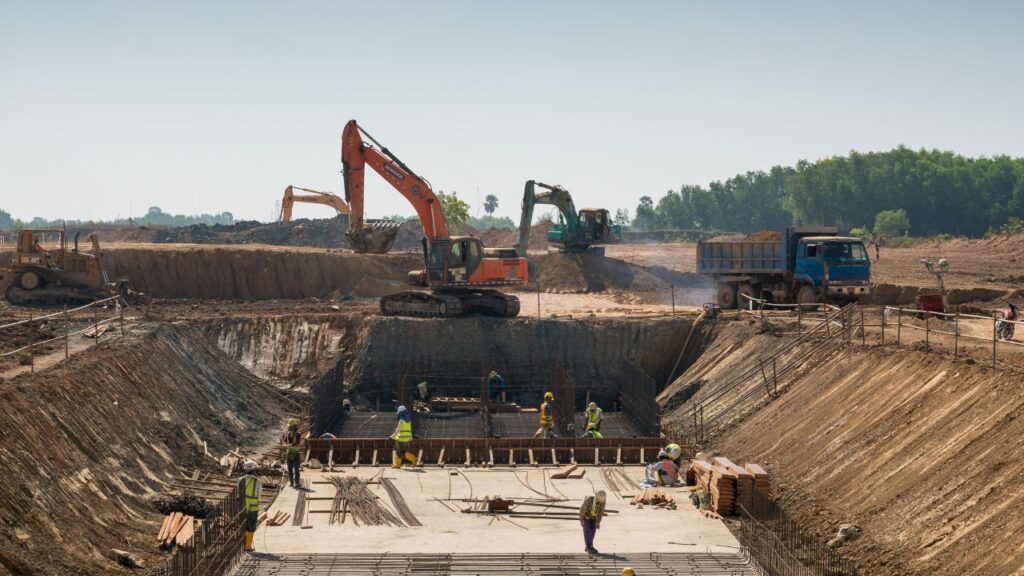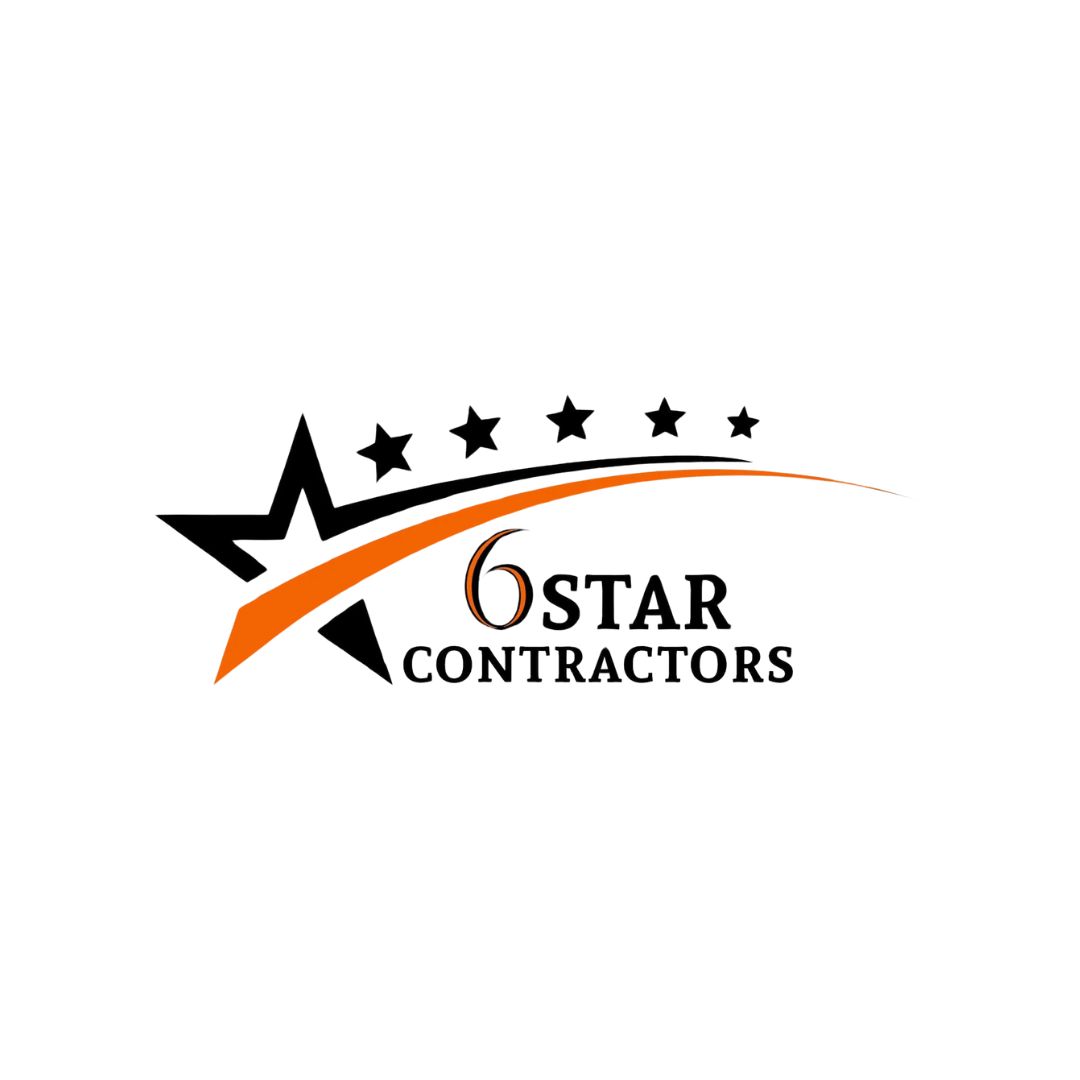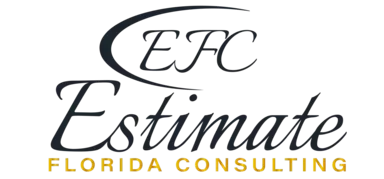- Homepage
- Blogs
Multi-Billion Dollar Construction Cost Estimator
Leading provider of construction estimating.
Multi-billion dollar construction projects often define the skylines of major cities and serve as landmarks for technological, economic, and architectural advancements. These projects include high-rise office towers, mega-shopping complexes, luxury hotels, and mixed-use developments, pushing the boundaries of innovation and engineering. This guide is tailored for contractors, developers, investors, and stakeholders involved in large-scale commercial construction, providing an extensive analysis of cost estimation, project components, and emerging trends. At Estimate Florida Consulting, we offer detailed cost estimation services to help manage these ambitious projects efficiently and effectively.
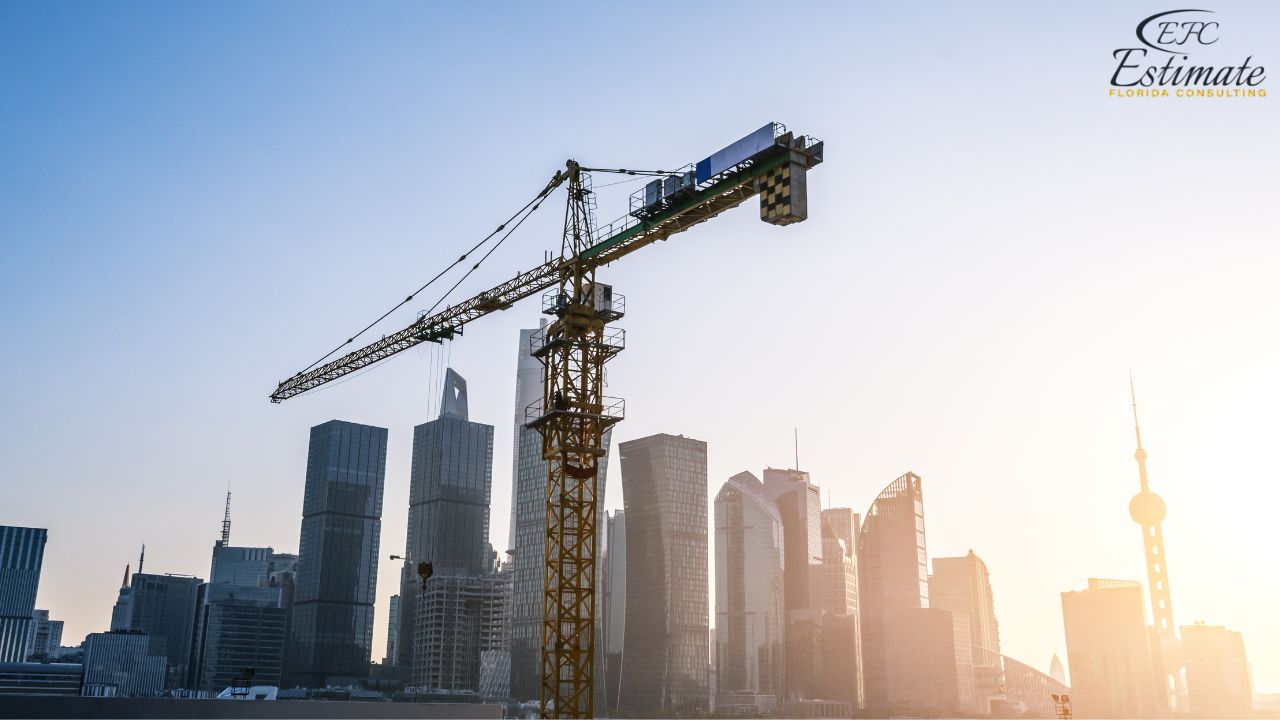
Commercial Construction Cost per Square Foot
For multi-billion dollar projects, cost per square foot is a critical metric that varies based on building type and location. In the U.S., commercial construction costs can range from $400 to $1,200 per square foot for high-end projects, with more luxurious designs exceeding $1,500 per square foot.
Type of Building | Cost per Square Foot |
Standard Office Building | $400 – $700 |
High-Rise Office Tower | $600 – $1,200 |
Luxury Hotel | $700 – $1,500 |
Retail Mall | $450 – $800 |
Industrial Facility | $300 – $600 |
Types of Commercial Buildings
Understanding the different types of commercial buildings is essential when planning a construction project. Each type serves a unique purpose and comes with specific design, structural, and functional requirements, which impact the overall costs.
High-Rise Office Buildings
High-rise office buildings are architectural marvels that dominate urban skylines. These structures are designed to maximize space efficiency and house multiple businesses in one location, making them a hub for commerce. Building high-rises requires advanced engineering techniques to ensure stability and safety, especially in areas prone to earthquakes or strong winds. The construction costs for high-rise office buildings range between $720 and $1,440 per square foot, considering the intricate designs, reinforced materials, and high-speed elevators often required. Additionally, modern high-rises often include eco-friendly features like green roofs and energy-efficient systems, which can slightly increase costs but provide long-term savings.
Luxury Hotels
Luxury hotels are built to offer an unparalleled level of comfort and sophistication. These establishments are defined by their attention to detail, from lavish interiors and state-of-the-art amenities to advanced security and smart automation systems. Guests expect high-end features such as spa facilities, gourmet restaurants, and personalized services. The construction of luxury hotels typically costs $840 to $1,800 per square foot, reflecting the premium materials, bespoke furnishings, and meticulous craftsmanship involved. Furthermore, these buildings often incorporate energy-efficient systems, soundproofing, and advanced HVAC systems to enhance guest satisfaction, which adds to the overall expenses.
Shopping Malls and Retail Centers
Shopping malls and retail centers are more than just places to shop—they are designed to provide an all-in-one experience for customers. These buildings often include spacious layouts, entertainment areas, food courts, and large parking facilities. Advanced features such as interactive kiosks, digital signage, and climate-controlled environments are becoming standard, contributing to higher costs. Construction costs for shopping malls range from $540 to $960 per square foot, depending on the level of sophistication and additional amenities. Developers often prioritize aesthetics and functionality to attract tenants and shoppers, using materials like glass facades and premium flooring to create an inviting atmosphere.
Get Acquainted with Estimation
Maximize Profits: Budgeting Hacks for Big Construction Projects
Construction Cost Estimator | Cost Estimating Service |
Industrial Facilities
Industrial facilities, including factories and warehouses, are built for functionality and durability. These structures must accommodate heavy machinery, storage needs, and sometimes production lines. The design often includes features like reinforced flooring, high ceilings, and advanced ventilation systems to ensure safety and efficiency. Costs for industrial facilities range from $360 to $720 per square foot, depending on the building’s purpose and size. For instance, a temperature-controlled warehouse will cost more than a standard storage facility due to the inclusion of insulation and specialized HVAC systems. Additionally, the rise of automation in industrial facilities is leading to higher upfront construction costs for incorporating robotic systems and smart technology.
Mixed-Use Developments
Mixed-use developments combine residential, commercial, and recreational spaces within a single complex, making them highly versatile and appealing in urban areas. These projects require careful planning and coordination to integrate various functions seamlessly. Features like rooftop gardens, shared spaces, and advanced infrastructure add to the complexity of these buildings. Costs for mixed-use developments typically range from $600 to $1,440 per square foot, reflecting their multifaceted nature. These developments are increasingly incorporating sustainable designs, such as solar panels and rainwater harvesting systems, to meet modern environmental standards, which can raise the initial investment but provide long-term benefits.
Commercial Construction Costs by Building Height
Low-Rise Commercial Buildings
Low-rise commercial buildings, generally 1 to 3 stories tall, are known for their straightforward designs and ease of construction. These buildings are often used for small office spaces, retail stores, or local community centers, where simplicity and functionality take priority. The cost to construct a low-rise building typically ranges from $300 to $600 per square foot. These costs include basic materials, labor, and foundational work. The focus is on efficient construction methods that allow for quick project completion without compromising quality. Factors like the choice of materials, accessibility of the construction site, and local regulations can influence these costs further.
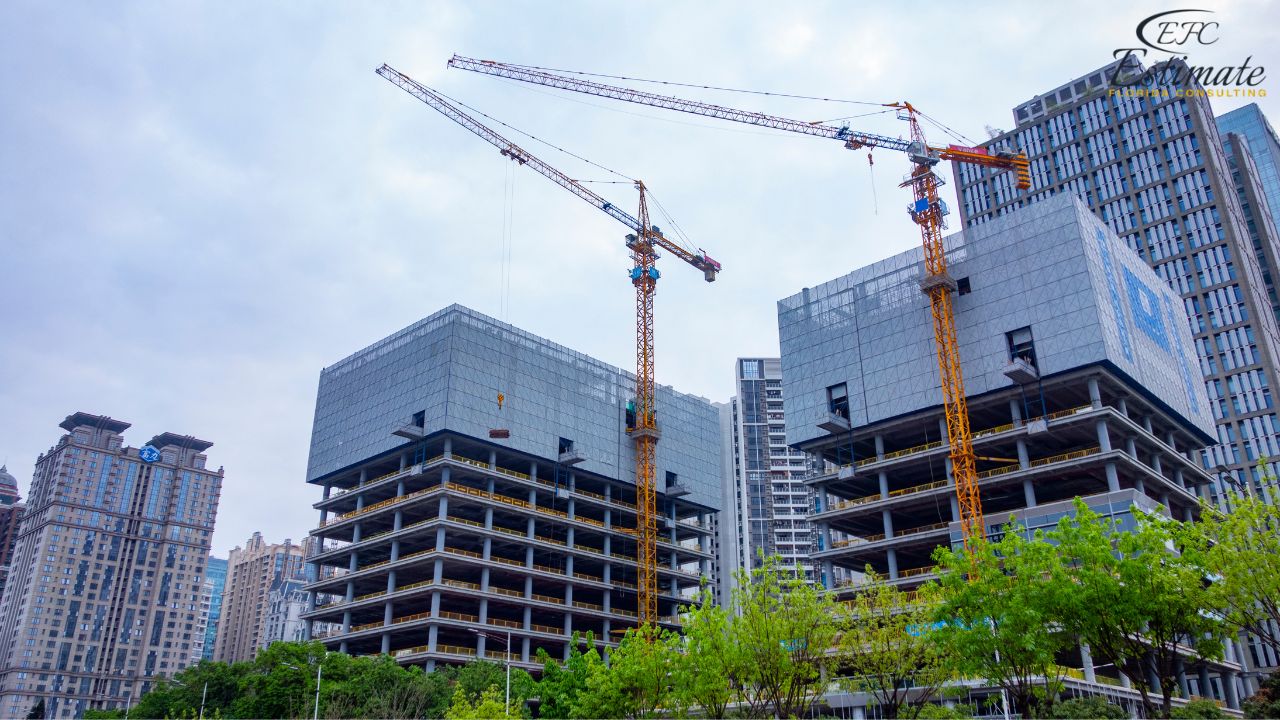
Mid-Rise Commercial Buildings
Mid-rise commercial buildings, spanning 4 to 10 stories, come with more complex structural requirements to ensure stability and safety. These buildings often house corporate offices, multi-level retail outlets, or mixed-use developments. The construction costs range from $400 to $700 per square foot, which reflects the additional expense of stronger materials like reinforced concrete and steel. Structural elements such as elevators, fire safety systems, and HVAC systems must meet higher standards, contributing to the increased price. Mid-rise buildings are designed to maximize vertical space while maintaining a balance between functionality and aesthetics, making them a popular choice in urban areas.
High-Rise Commercial Buildings
High-rise commercial buildings, classified as those with 10 or more stories, represent a significant leap in engineering and construction demands. These buildings are designed to accommodate large office spaces, hotels, or residential units, often in bustling city centers. Construction costs for high-rises range from $600 to $1,200 per square foot due to the need for advanced engineering, durable materials, and sophisticated systems like high-capacity elevators and robust fire safety measures. The added complexity of constructing at greater heights, including wind resistance and earthquake protection, also drives up the costs. High-rises are frequently designed to make a statement, featuring modern facades and high-end finishes.
Mega-Towers and Skyscrapers
Mega-towers and skyscrapers, reaching heights of 50 stories or more, are feats of architectural and engineering excellence. These towering structures often define city skylines and serve as hubs for business, luxury living, or tourism. With costs exceeding $1,500 per square foot, skyscrapers demand cutting-edge construction techniques and materials. Features like advanced elevator systems, green building technologies, and luxury interiors contribute significantly to the cost. Additionally, these projects involve rigorous planning to address challenges like wind dynamics, foundation depth, and energy efficiency. Skyscrapers symbolize innovation and prestige, often incorporating sustainable technologies such as solar panels, rainwater harvesting systems, and energy-efficient HVAC systems to meet modern environmental standards.
Commercial Construction Costs by Sector
Office Buildings
Office buildings are designed with functionality and efficiency in mind, often featuring open, modular layouts to accommodate various workspace needs. These buildings also include advanced HVAC systems to maintain comfortable working conditions and energy efficiency. The cost of constructing an office building typically ranges from $400 to $800 per square foot, depending on the location, size, and level of customization. High-end office buildings may include features like smart lighting, energy management systems, and premium interior finishes, which can significantly increase costs. Factors such as proximity to public transport, parking facilities, and zoning requirements also play a role in determining the overall budget.
Healthcare Facilities
Healthcare facilities, such as hospitals, clinics, and specialized treatment centers, require sophisticated infrastructure to support life-saving equipment and strict hygiene standards. These facilities are designed to meet stringent regulations for safety and accessibility, including features like sterile environments, advanced HVAC systems, and backup power generators. Construction costs for healthcare facilities range from $500 to $1,000 per square foot, depending on the scale and specialization of the project. For example, hospitals with operating theaters, imaging centers, and intensive care units may fall on the higher end of the spectrum. The integration of medical technology and patient-centric designs further drives up costs.
Educational Buildings
Schools, universities, and training centers are designed to foster learning while ensuring safety and accessibility for students and staff. These buildings often include classrooms, lecture halls, libraries, and recreational spaces, each tailored to modern educational needs. Construction costs for educational buildings range from $400 to $700 per square foot, depending on factors like the size of the institution, choice of materials, and inclusion of specialized spaces like laboratories or sports complexes. Energy-efficient designs and smart technologies, such as interactive whiteboards and automated lighting systems, are increasingly popular, contributing to long-term savings but adding to the initial costs.
Entertainment Venues
Entertainment venues, such as theaters, stadiums, and convention centers, demand intricate designs to enhance the audience experience. These buildings often feature advanced acoustics, custom seating arrangements, and high-tech lighting systems. Construction costs average between $600 and $1,200 per square foot, with larger or more technologically advanced venues falling on the higher end. Additional costs arise from incorporating luxury amenities, such as VIP lounges, food courts, and immersive sound systems. These venues are designed to accommodate large crowds while ensuring safety and accessibility, making them a significant investment for developers.
Cost Breakdown for Multi-Billion Dollar Construction Projects
Land Acquisition and Site Preparation
Land acquisition and site preparation can make up 20% of the total project budget, especially in urban areas where real estate prices are high. Costs for land can range from $50 million to $500 million, depending on the location and size of the site. Urban projects often require additional expenses for demolishing existing structures, addressing environmental concerns, and leveling uneven terrain, further adding to the budget.
Design and Architecture
Design and architecture fees typically account for 10-15% of the total project cost, reflecting the complexity and scope of the construction. For multi-billion-dollar projects, this can translate to $100 million to $300 million. These costs include conceptual designs, detailed blueprints, structural analysis, and 3D modeling. High-profile projects often involve renowned architects and engineering firms, adding prestige but also increasing costs.
Win More Projects With Us
Materials and Labor
Materials and labor are the largest components of any construction project, representing 50-60% of the total budget. For multi-billion-dollar ventures, this can exceed $2 billion, especially when using premium materials like marble, steel, and glass. Labor costs vary based on the project’s location and complexity, with highly skilled workers, such as electricians and engineers, commanding higher wages. Additional costs may include transportation and storage of materials, especially for large-scale projects requiring just-in-time delivery.
Technology Integration
Integrating technology into construction projects is becoming increasingly essential for creating smart, efficient buildings. Systems such as IoT sensors, energy management platforms, and automated controls typically add $50 to $100 per square foot to the overall cost. These technologies enhance building performance, reduce operational expenses, and appeal to eco-conscious tenants, making them a valuable but significant investment.
Sustainability Features
Incorporating sustainability features into large construction projects has become a priority for many developers. Green certifications, such as LEED or WELL, and eco-friendly installations, like solar panels, green roofs, and water recycling systems, can add 5-10% to the total budget. While these features increase upfront costs, they offer long-term benefits, such as reduced energy bills, higher tenant satisfaction, and a smaller environmental footprint, making them an increasingly common choice for high-profile developments.
Commercial Building Construction Cost by Components
Foundation and Structural Costs
The foundation and structural components of a commercial building are among the most critical and expensive aspects of construction. For high-rise buildings and large commercial projects, deep foundations, like pilings or caissons, are required to ensure stability. Additionally, advanced structural systems such as reinforced steel frameworks or concrete cores are used to support the building’s height and withstand environmental forces. These systems typically cost $240 to $600 per square foot, depending on soil conditions, building height, and the complexity of the structural design. Factors like seismic zones or poor soil quality can further increase these costs due to the need for additional engineering solutions.
Mechanical Systems
Mechanical systems in commercial buildings include heating, ventilation, and air conditioning (HVAC), as well as elevator systems for multi-story structures. HVAC systems play a vital role in maintaining indoor air quality and thermal comfort, while elevators ensure accessibility and convenience. Costs for these systems generally range from $60 to $180 per square foot, depending on the size of the building, the efficiency of the equipment, and the number of elevators required. Advanced systems, such as energy-efficient chillers or automated climate controls, may increase upfront costs but provide long-term savings through reduced energy consumption.
Electrical and Plumbing Systems
Electrical and plumbing systems form the backbone of any commercial building’s functionality. Electrical systems involve the installation of wiring, lighting, panels, and backup generators, while plumbing systems include water supply, drainage, and advanced fixtures. These systems typically cost between $120 and $300 per square foot, with higher-end installations including smart lighting systems, energy-efficient fixtures, and high-capacity water heaters. The integration of renewable energy solutions, such as solar panels or battery storage systems, can further elevate costs but align with sustainability goals.
Interior Finishes
The interior finishes of a commercial building significantly impact its aesthetic and functional appeal. High-quality finishes, such as marble flooring, custom millwork, and designer lighting, can transform a space into a luxurious environment. Costs for these elements usually range from $360 to $720 per square foot, with variations depending on materials, craftsmanship, and customization. For corporate offices or high-end retail spaces, specialized interior designs, soundproofing, and ergonomic furnishings can add further expenses.
Smart Building Technologies
Smart building technologies are increasingly becoming standard in commercial construction. These technologies include automated lighting, HVAC systems, integrated security solutions, and Internet of Things (IoT) devices for efficient building management. Smart systems not only enhance convenience but also improve energy efficiency and security. Costs for these technologies range from $60 to $120 per square foot, depending on the complexity of the systems and the level of integration required. Upfront investments in smart technology often pay off in the long run through lower operational costs and enhanced property value.
Multi-Billion Dollar Construction Projects
Commercial projects exceeding a billion dollars in value are distinguished by their scale, complexity, and impact. These developments often become landmarks, driving economic growth and transforming urban landscapes. Examples include:
- Skyscrapers that redefine city skylines
- State-of-the-art industrial plants
- Massive office complexes for tech giants
- Luxury malls with high-end retail and entertainment options
- Mixed-use developments combining residential, commercial, and public spaces
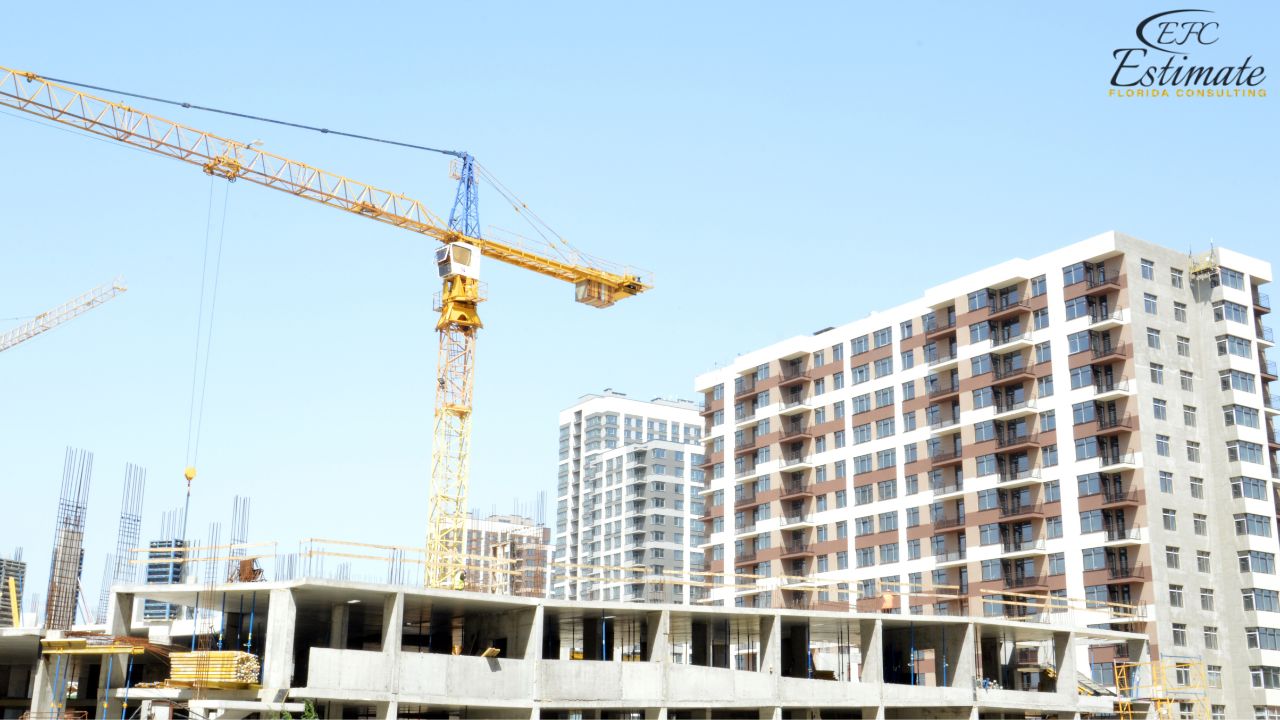
These projects require years of planning and execution, with budgets meticulously allocated to design, materials, labor, and technology.
Trends in Commercial Construction
Sustainable Design
Sustainability is a key focus in modern commercial construction, driven by environmental awareness and regulations. Builders increasingly use eco-friendly materials like recycled steel, bamboo flooring, and low-VOC paints. Energy-efficient systems, such as solar panels, geothermal heating, and green roofs, are also gaining traction. While these additions may increase upfront costs by 10%–20%, they reduce operating expenses and attract environmentally conscious tenants.
Modular Construction
Modular construction is a growing trend aimed at reducing time and labor costs. Prefabricated components are manufactured offsite and assembled onsite, significantly cutting construction timelines. While modular techniques are traditionally associated with residential projects, they are now being adapted for commercial spaces, including offices, hotels, and retail outlets. This method not only saves time but also minimizes material waste, aligning with sustainability goals.
Smart Buildings
Smart buildings leverage IoT technology to optimize operations and provide a better occupant experience. Features like automated lighting, predictive maintenance for HVAC systems, and advanced security systems are becoming standard. Smart building management systems also allow property owners to monitor energy consumption, reduce waste, and improve tenant satisfaction. While initial investments may increase costs, the long-term savings and operational efficiency are significant advantages.
Mixed-Use Developments
Mixed-use developments are becoming increasingly popular in urban areas, blending residential, commercial, and recreational spaces into a single project. These developments create vibrant communities and maximize land use efficiency. They often incorporate amenities like parks, gyms, retail stores, and restaurants, making them attractive to both investors and tenants. While the initial construction costs are higher due to the complexity, the diverse revenue streams and community benefits justify the investment.
Mega Project Cost Estimation Challenges
Estimating costs for multi-billion dollar projects involves unique challenges, including:
- Managing fluctuating material prices.
- Accounting for delays due to weather or regulatory issues.
- Ensuring coordination among multiple contractors and suppliers.
Factors Influencing Multi-Billion Dollar Construction Costs
1. Location Matters: High Costs in Urban Centers
The location of a construction project plays a significant role in its overall cost. Urban hubs like Miami, New York City, and Los Angeles often face skyrocketing expenses due to higher wages for skilled labor, increased demand for materials, and the premium price of land in densely populated areas. In cities like New York, for example, limited space often means construction companies must invest heavily in logistical solutions like vertical transport systems and staging areas for materials, which add to the overall cost. Moreover, urban construction is subject to stricter zoning regulations and can require additional permits, further inflating budgets.
Download Template For Construction Project Breakdown
- Materials list updated to the zip code
- Fast delivery
- Data base of general contractors and sub-contractors
- Local estimators
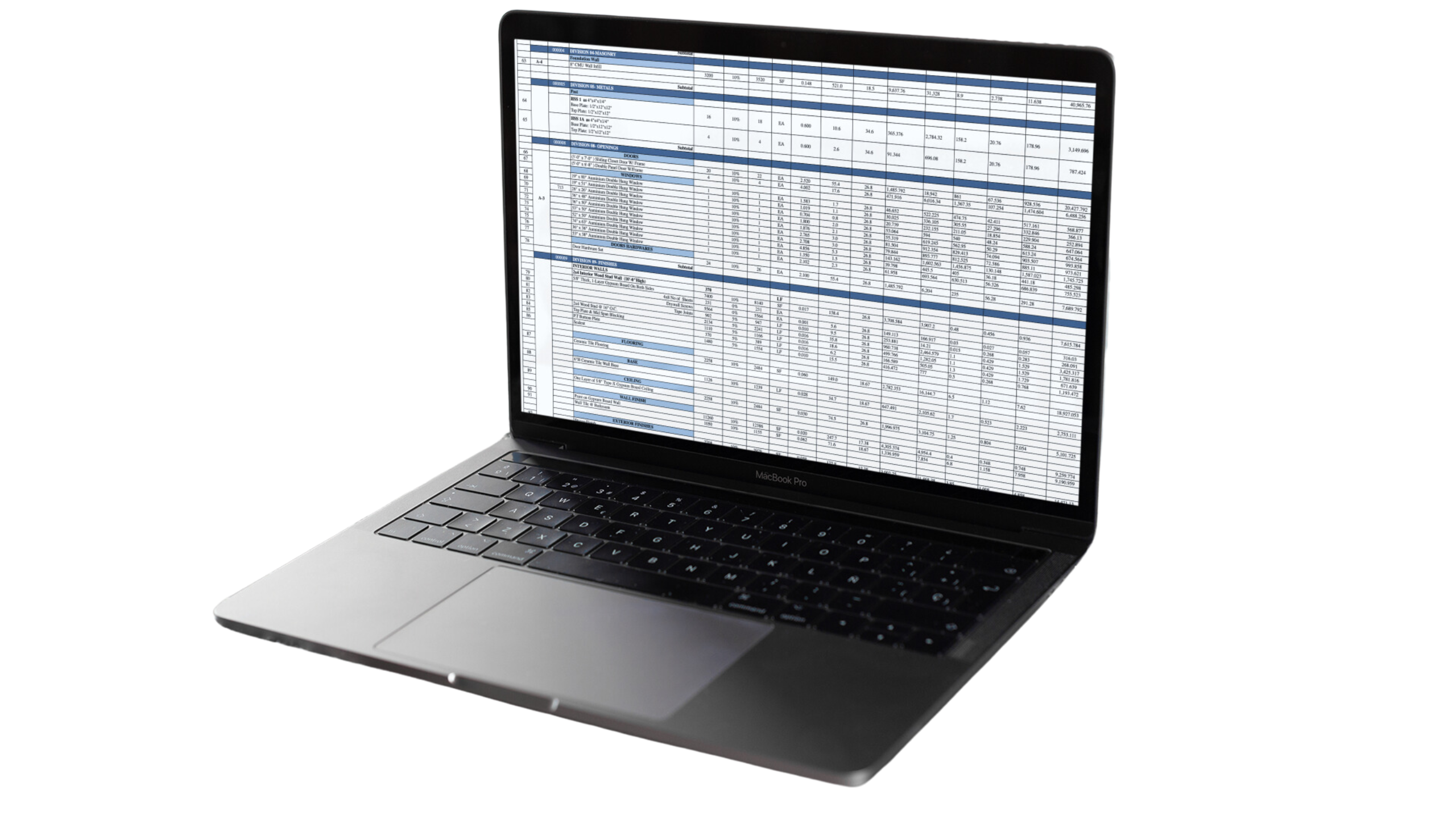
2. Complexity of Design and Structure
Unique architectural designs or specialized facilities can dramatically raise construction costs. A multi-billion dollar project, such as a high-rise with intricate glass facades or a sports stadium with state-of-the-art retractable roofs, involves advanced engineering, cutting-edge technology, and customized materials. These complex designs require skilled labor, specialized equipment, and additional time for execution, all of which increase costs. For instance, hospitals or data centers may demand specialized systems like HVAC installations, reinforced structures, or high-capacity power grids, which drive up expenses compared to standard commercial buildings.
3. Market Conditions and Economic Fluctuations
Market conditions at the time of construction can significantly impact costs. A global shortage of critical materials like steel, cement, or lumber can cause prices to surge unexpectedly. Similarly, a high demand for skilled labor during a construction boom may lead to increased wages, pushing budgets beyond initial estimates. During economic downturns, however, material costs might decrease, but companies could still face challenges due to limited financing options. The timing of procurement and long-term contracts with suppliers can mitigate some of these fluctuations, but it requires strategic planning to avoid unexpected financial burdens.
4. Regulations and Compliance Costs
Compliance with local building codes, environmental standards, and zoning regulations is another critical cost factor. In cities with stringent green building requirements, like San Francisco, developers may need to invest in eco-friendly materials, renewable energy sources, and water-efficient systems, which can be more expensive than traditional options. Additionally, meeting seismic safety standards in earthquake-prone regions or adhering to hurricane-resistant construction requirements in coastal areas adds complexity and cost to the project. The permitting process alone can involve fees and delays that further strain budgets, especially for large-scale developments requiring multiple agency approvals.
Conclusion
Constructing multi-billion dollar commercial projects requires strategic planning, detailed cost estimation, and advanced engineering. Understanding the cost components and emerging trends in commercial construction ensures that stakeholders can navigate these ambitious projects successfully. At Estimate Florida Consulting, we specialize in providing precise cost estimations for large-scale developments, helping clients achieve their construction goals within budget and timeline constraints. Contact us today to get started on your next landmark project!
Frequently Asked Question
The average cost of constructing a skyscraper ranges from $600 to $1,200 per square foot, depending on design complexity and materials.
Site conditions, such as soil quality and accessibility, can significantly impact costs, adding up to $10 to $25 per square foot for site preparation.
Key challenges include managing fluctuating material costs, coordinating multiple stakeholders, and adhering to strict timelines and regulations.
Large-scale commercial projects can take anywhere from 3 to 10 years, depending on size and complexity.
A "rule of thumb" in construction estimating is a quick way to get a rough idea of costs or material needs based on experience and general guidelines. For example, to estimate the amount of cement needed, one might use a thumb rule like "0.5 bags of cement per square foot of construction area." These rules help in making quick estimates but aren't as precise as detailed calculations.
Creating a construction estimate typically involves calculating the total costs of materials, labor, equipment, and other expenses. A basic formula is:
Total Cost = Material Costs + Labor Costs + Equipment Costs + Overhead + Profit
Each component is estimated based on the project's specifics, such as the amount of materials needed, the time required for labor, equipment usage, and additional costs like permits or administrative expenses.
A rough cost estimate, also known as an order-of-magnitude estimate, provides an early approximation of a project's cost when detailed information isn't yet available. It's based on general parameters like the project's size, type, and location. For instance, one might estimate the cost of building a house by multiplying the total square footage by an average cost per square foot. This method gives a ballpark figure to help with initial planning.
The largest cost in construction is often labor, which includes wages for workers like carpenters, electricians, and plumbers. However, material costs can also be significant, especially for items like framing lumber, concrete, and steel. The exact biggest cost varies depending on the project's nature and location.
Comprehensive Trade-Specific Estimates
At Estimate Florida Consulting, we offer detailed cost estimates across all major trades, ensuring no part of your project is overlooked. From the foundation to the finishing touches, our trade-specific estimates provide you with a complete and accurate breakdown of costs for any type of construction project.

Testimonials
What Our Clients Say
We take pride in delivering accurate, timely, and reliable estimates that help contractors and builders win more projects. Our clients consistently praise our attention to detail, fast turnaround times, and the positive impact our estimates have on their businesses.
Estimate Florida Consulting has helped us win more bids with their fast and accurate estimates. We trust them for every project!

Steps to Follow
Our Simple Process to Get Your Estimate
01
Upload Plans
Submit your project plans, blueprints, or relevant documents through our online form or via email.
02
Receive Quotation
We’ll review your project details and send you a quote based on your scope and requirements.
03
Confirmation
Confirm the details and finalize any adjustments to ensure the estimate meets your project needs.
04
Get Estimate
Receive your detailed, trade-specific estimate within 1-2 business days, ready for your project execution.


